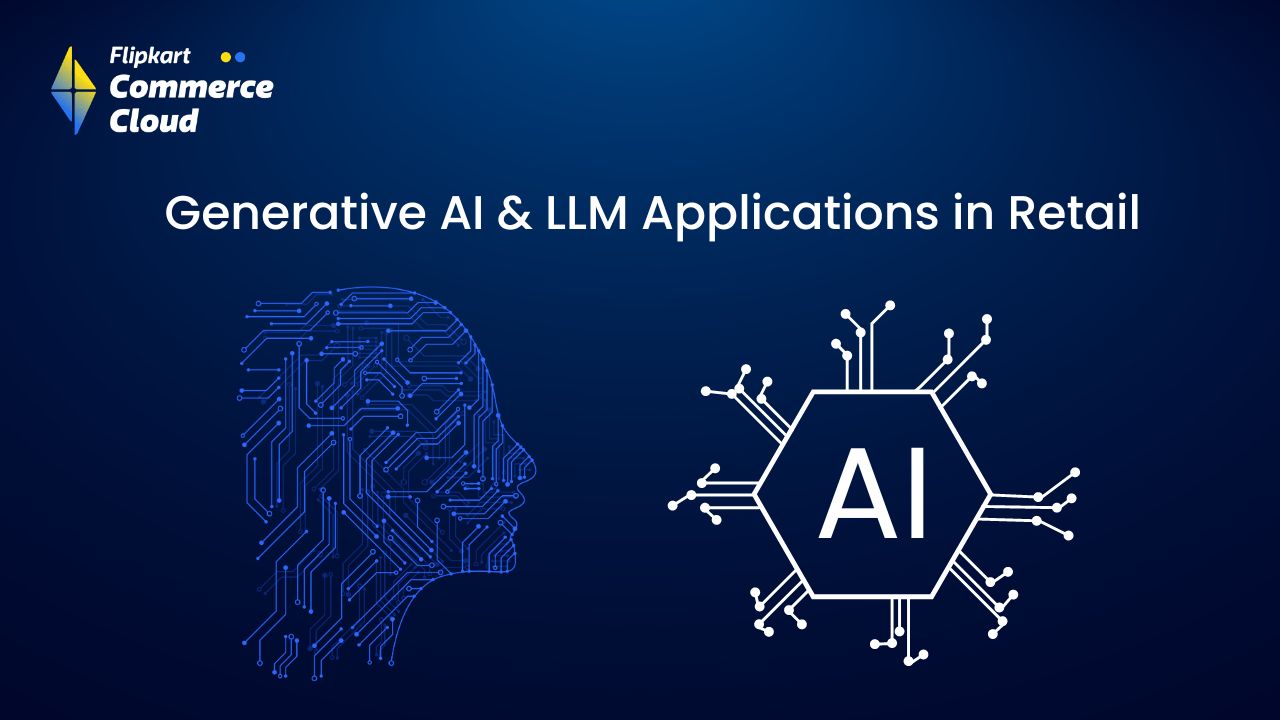FAQ
LLM and generative AI refer to large language models and artificial intelligence systems capable of creating new content such as text, images, or code by learning patterns from vast datasets, with LLMs specializing in understanding and generating human-like language for tasks like answering questions, drafting content, and simulating conversation.
An example of generative AI and LLM is using a model like GPT to automatically generate unique, persuasive product descriptions for an e-commerce site, while also powering a conversational chatbot that helps customers find products and answers their queries in natural language.
The future of AI in retail involves deeper integration of generative AI and LLMs into omnichannel strategies, hyper-personalization of shopping experiences, predictive analytics for supply chain optimization, and the use of domain-specific AI models to handle critical retail functions with greater accuracy and trust.
Generative AI can be used in sales to create personalized outreach messages, generate tailored product recommendations, simulate customer interactions for training, produce dynamic sales content, and analyze buyer behavior to refine pitches and improve conversion rates.
AI solutions for retail include recommendation engines, dynamic pricing tools, inventory optimization systems, AI-powered chatbots, visual search technology, fraud detection systems, and analytics platforms that leverage machine learning to improve decision-making and operational efficiency.
The market size of AI in retail is projected to grow rapidly, with industry reports estimating it will reach tens of billions of dollars globally within the next few years, driven by increasing adoption of automation, personalization, and data-driven decision-making across retail operations.
More Blogs
See how retailers and brands are winning with FCC

Everything About Price Skimming Strategy Explained
Read More
What is a High-Low Pricing Strategy?
Read More
Ultimate Guide To Dynamic Pricing Strategy In 2026
Read More
Retail Pricing Strategies: Winning with Promotion Pricing in Competitive Markets
Read More
Ad Tags: Enhancing Ad Serving Efficiency in Large-Scale Campaigns
Read More


